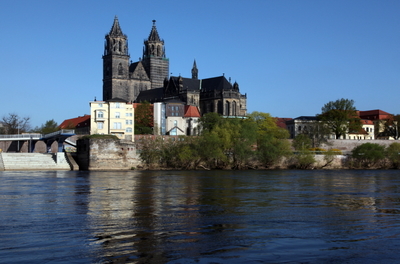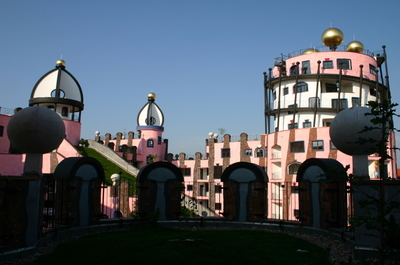Exploring Magdeburg
The name Magdeburg is inextricably linked above all with a technical discovery: The Magdeburg hemispheres were used by Otto von Guericke, born in Magdeburg in 1602, to prove the air pressure he discovered. The force of 16 horses was not enough to separate the metal hemispheres, which were connected in a vacuum. Otto von Guericke is considered a pioneer of experimental physics; however, he also invented the air pump and barometer. As mayor of the city of Magdeburg, he took part in the negotiations for the Peace of Westphalia, which ended the 30 Years' War. Today the university bears Otto von Guericke's name and is a central component of a distinctive scientific landscape in the region.
Magdeburg's striking landmark is the cathedral, which is considered the first Gothic building in Germany. The cathedral, built from 1209, goes back to a Romanesque predecessor built by Emperor Otto I from 937. The cathedral is also the burial place of the first emperor and founder of the Holy Roman Empire. Impressive medieval buildings also include the Romanesque monastery "Unser Lieben Frauen" (Our Lady) and the town hall with the famous "Magdeburg Horseman", the first free-standing equestrian monument in northern Europe.
Magdeburg, which was largely destroyed in the last days of the Second World War, has developed into a modern and lively city since 1989. New landmarks such as the Green Citadel, the last and largest single building by the Austrian artist Friedensreich Hundertwasser, were added, and old ones were rediscovered and restored or rebuilt, such as the Festung Mark (Mark Fortress) or the Kleve Bastion, which bear witness to Magdeburg as a mighty fortress city.
For more information on the city of Magdeburg, visit the website of the Tourist Information.


